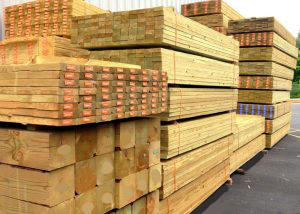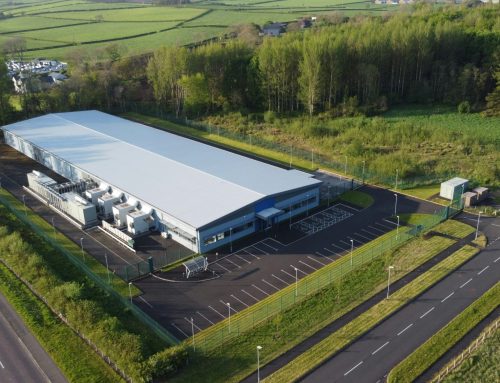You may have heard of pressure-treated lumber but not known exactly what that means, or  how to best work with it. Let’s take a moment to look at it.
how to best work with it. Let’s take a moment to look at it.
What is Pressure-Treated Lumber?
“Pressure-treated lumber is wood that has been infused with chemical preservatives to protect the wood from rot and insects,” says HomeAdvisor. To create it, “The wood is placed in a depressurized holding tank that removes the air and replaces it with a preservative.” It is generally a soft wood, like a southern yellow pine.
At first, chromated copper arsenic (CCA) was the usual preservative. However, it was toxic and was called out by the Environmental Protection Agency (EPA) and stopped in 2003. If you have older pressure-treated lumber, it is safe as long as you apply a protective penetrating oil finish every couple of years.
Today’s pressure-treated lumber is made with inorganic chemicals that, although they are less toxic, contain higher copper levels. This means they can corrode more easily. Even newer pressure-treated lumber should be sealed periodically to prevent corrosion, warping and weathering.
Pressure-treated lumber comes with two designations: “Above Ground Use” and “Ground Contact.” The level of rot resistant chemicals varies by usage and is indicated by a chemical retention level label or stamp on the wood. The higher the number, the more rot-resistance it has. Current levels range from .06 for above ground use to .15 for ground contact.
What are the Benefits of Working with Pressure-Treated Lumber?
The chemicals in the pressure-treated lumber aid in preventing rot and insect damage. They do not, however, protect it from corrosion and weathering.
Where Should I Use Pressure-Treated Lumber?
The most common use is for outdoor projects as there can be some low-level leaching of the preservative chemicals that can cause irritation to the skin and eyes. In addition, it is ideal for outdoor use because it is insect repelling. The most common usage is for decks, railings, fences, sheds, swingsets and picnic tables.
Use the Correct Attachments
Because the chemicals used in pressure treatment can be corrosive, it is recommended to use stainless steel or hot-galvanized screws, bolts, nails and connectors. Copper or vinyl flashing, rather than aluminum is also recommended.
It is recommended to drill a pilot hole in the lumber prior to driving in a screw or nail. This will prevent splitting, especially near the ends of a board. Note also that this lumber will shrink slightly and show small hairline cracks as it dries; take that into your measurements when creating a fence or deck.
If you choose to paint or stain your outdoor project, ensure that the wood is completely dry before applying a finish. Test it by sprinkling the wood with water. It is soaks into the wood, it is dry enough. Whether you apply a finish or leave the wood bare, you will need to apply a wood preservative each year to protect it.
Health Warnings about Pressure-Treated Lumber
There are several safety precautions you should use when working with pressure-treated lumber:
- Always wear gloves, a dust mask and safety goggles when drilling, cutting or sanding.
- Wash your hands after handling the wood.
- Always use and work with this lumber outdoors.
- Do not burn pressure-treated lumber.
Get Expert Construction Advice from Först Consulting Group
Trust the experienced construction experts Först Consulting Group whenever you have questions about building practices or building materials, or have an issue with a contractor or manufacturer. We provide construction defect investigations, litigation support and expert witness testimony for construction-related cases. Contact Först for a free initial consultation.




